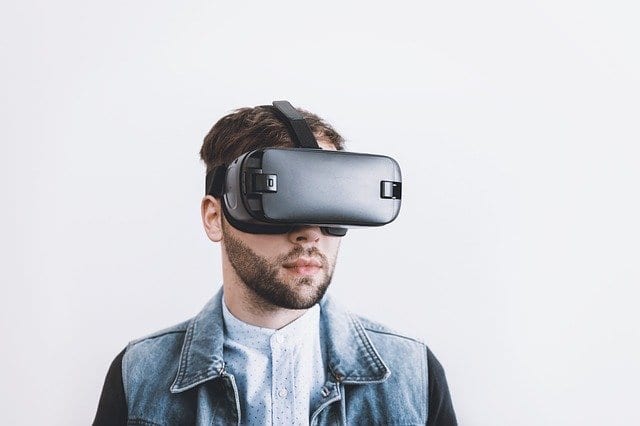Our world today is unrecognisable from how it was seventy years ago because of the changes brought about by technological advances. So much has changed that we won’t bore you with the history of it all. Instead, we’re going to focus on the gaming industry, which is constantly being revolutionised by technology. People used to play hopscotch for entertainment back in the day, whereas now we’re all glued to our computer screens playing hyper-realistic simulation games. Looking at it from that perspective, it’s pretty unbelievable, right? So, let’s dive deeper into how the way we play games has changed over the years, and what might be coming for the future.
Game Consoles
The first video game console was created in 1972 by Ralph Baer, which was a massive step forward for the gaming industry. Before then, people could only play board games, watch television, or participate in the classic neighbourhood activities like hide and seek. With the invention of a powerful console which could perform complicated functions all at once, a new level of possibilities was unlocked. Nowadays, consoles are pretty much a part of day-to-day life for gamers. Xbox, PlayStation and Nintendo are the leading brands. The quality of the games they produce now is unthinkable when we look back.
Slot Machines
Slot machines have been around for longer than people might imagine. Invented by Charles August Fey in 1894, these coin-operated machines were the first step in creating the gambling industry (a subsection of general gaming). Now, you can find slot machines everywhere – from arcades and public houses to online servers in the form of Pay N Play casinos. You can even use virtual slots on your mobile phone. This is ironic when you consider how bulky the machinery used to be even just a few short years ago.

Image Source: Pixabay.com.
Virtual Reality
Back in the day, players could never fully immerse themselves in a video game, as the blocky pixel art was somewhat of a hindrance to the imagination. But with advancements in technology, computers and consoles can process and manage huge amounts of data for graphics which we never thought possible before. Visuals that were once blocky, clunky and awkward are now smooth and beautiful, produced in high definition. People can immerse themselves in a video game and truly forget about their real-world surroundings.
However, it’s not just the updated hyper-realistic visuals that make video games so convincing. Virtual reality recently hit the market, completely revolutionising the way we play games in the modern era. By wearing a headset, players are transported to a simulation with 3D graphics where they are surrounded by a new virtual environment. You could end up anywhere, from a medieval country like Skyrim, to the bottom of the ocean with hungry great whites swimming around to add a little ‘danger’ to your gaming experience. These immersive experiences are a little disorientating (and nauseating), but hopefully, virtual reality will continue to evolve and become more proficient in the years to come.
Storytelling
Storytelling is a massive part of gaming nowadays, but it didn’t always use to be. Consoles weren’t established enough to carry data beyond the basics for gameplay, so players would merely progress from different levels without any purpose beyond wanting a sense of completion. But the gaming industry advanced; engines became more powerful. They were finally able to process more complexities, allowing hints of a storyline to be introduced. From here, the storytelling capabilities of games moved forward in leaps and bounds, eventually ending us up to where we are today. Now, not only are the plotlines in games a lot more detailed but often allow multiple choice which influences the game later down the line. This means players can truly feel like they’re a part of the story. It’s perhaps the best form of escapism available to consumers.
Motion Sensors
Another fun introduction to the gaming industry a couple of years ago was motion-sensors. The most popular example of this is the Nintendo Wii, which allowed people to pick up a controller and move their arm, leading to their on-screen character replicating the motion. This allowed gamers to play games of virtual tennis, bowling and dance-offs. Unfortunately, motion sensors fell out of popularity a couple of years ago, but we’re hoping they make a comeback where they’re fully integrated with gaming software, especially if game developers combine motion sensing with virtual reality.
These are some of the main ways that technology has changed the way we play games. Not only have our favourite games been updated to function online with hyper-realistic graphics, but they’re also capable of producing a 3D simulation which fully immerses us in the experience and storyline.






